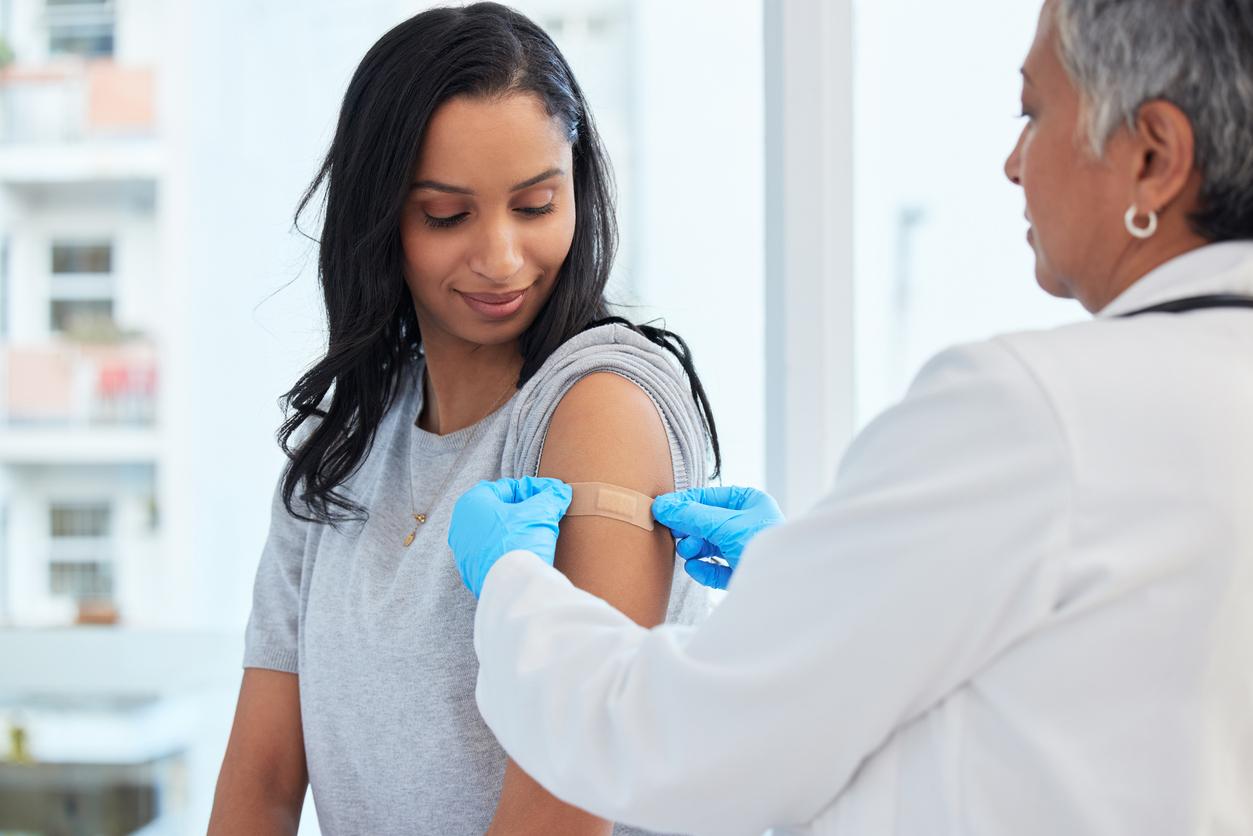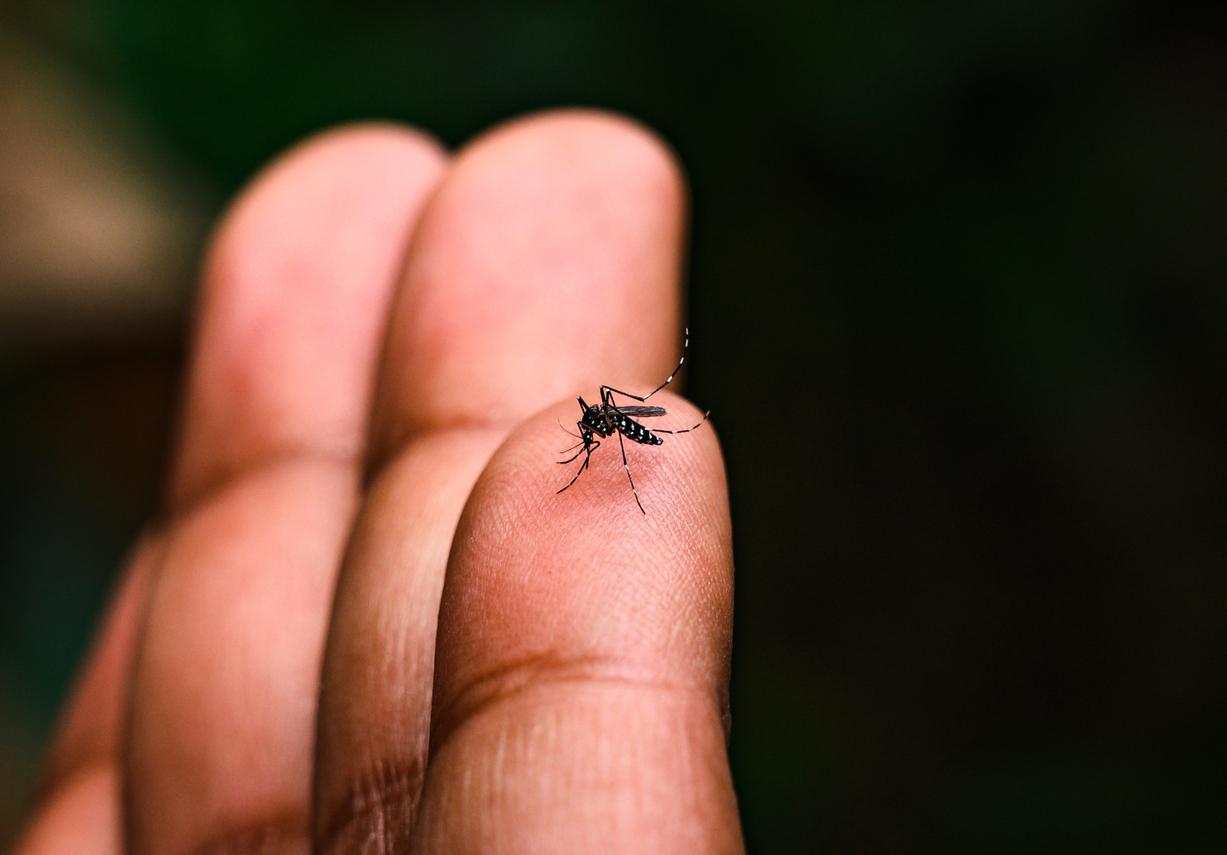Chickenpox continues to be rife in mainland France. 1 in 3 regions now exceeds the national average of 41 cases per 100,000 population. The PACA region remains the most affected.

Chickenpox is rampant in France. With one in three metropolitan areas above the national average (41 cases per 100,000 inhabitants), the spread of the disease has accelerated in recent weeks. Indeed, according to the latest newsletter from the Inserm Sentinels network published on Wednesday, 7 French regions are already considered as hotbeds in strong activity chickenpox, PACA (104 cases per 100,000 inhabitants), Center (57), Burgundy (56), Rhône-Alpes (56), Languedoc-Roussillon (53), Limousin (48) and Midi-Pyrénées (45). 7 other metropolitan regions are designated as homes moderate chickenpox.
Chickenpox is arguably the most contagious and common childhood viral disease. It is caused by the varicella zoster virus (VZV), a virus of the herpes family. This childhood illness is spread through saliva and through contact with skin lesions or contaminated material. A person is contagious four days before the vesicles appear (incubation period) and until the last scab has formed. Once the disease is cured, the virus remains dormant in certain nerve ganglia. When very tired, infected or weakened the immune system, it can wake up and cause a new localized blister rash, the shingles.
The chickenpox vaccine is recommended in children on long-term cortisone treatment, as well as in children who have never had chickenpox and who are waiting for an organ transplant.
On the adult side, chickenpox is often very impressive, with many vesicles that are frequently superinfected. Local treatment is prescribed to prevent scarring.
.














